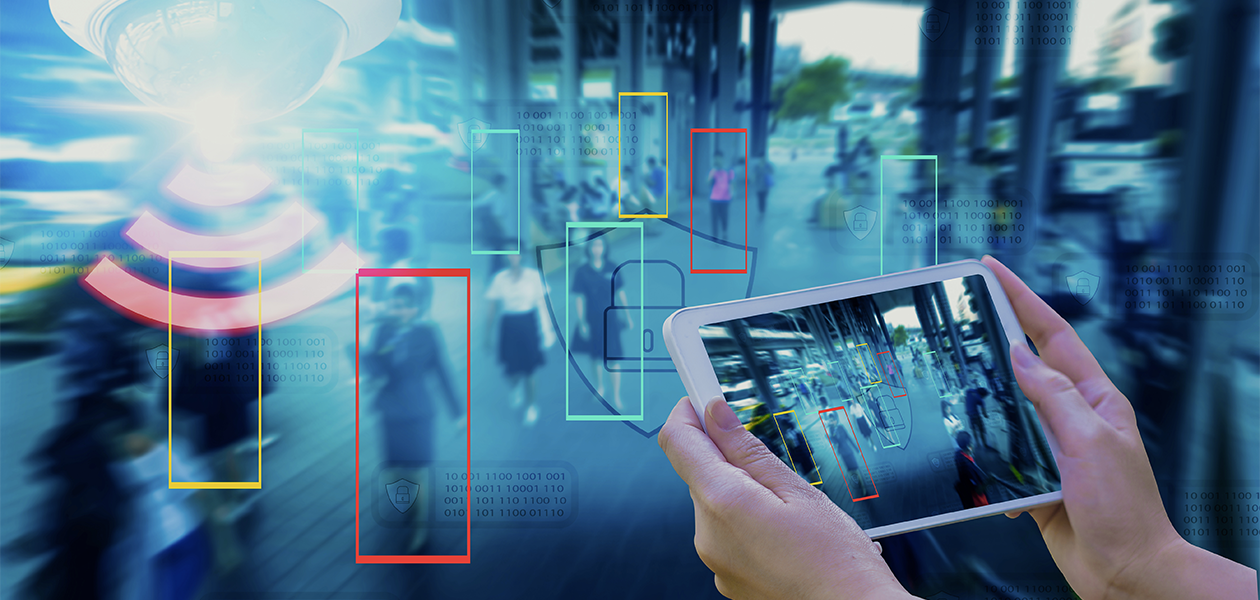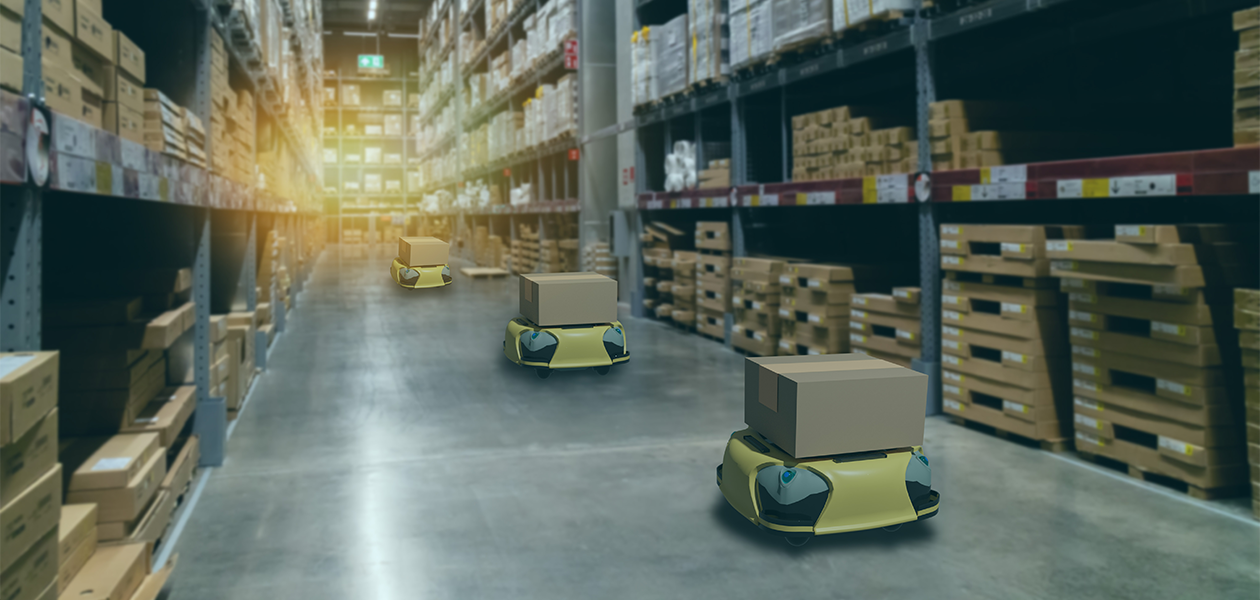Zooming into the emerging AI technologies for a post-COVID world.
The COVID-19 pandemic has accelerated digitialisation, particularly the adoption of artificial intelligence. Here are three Tech Offers riding the wave.
Everywhere you look, there are signs that 2020 has been a year like no other. Masks are now de rigeur, every other seat has been taped up and reminders to wash your hands are omnipresent. Despite all the inconveniences that COVID-19 has introduced, there are some invisible benefits too; not least the accelerated digitisation of businesses across virtually every industry.
This is true even for industries that have been negatively impacted by the pandemic, such as the tourism and hospitality industry. Powered by data, artificial intelligence (AI)-enabled tools have surged to the forefront in dealing with the new challenges brought about by COVID-19. Whether it is training service robots or helping to maintain physical distancing, here are three ways AI is shaping tech today.

Going the distance with AI
Though the role was unimaginable at the start of the year, safe distancing ambassadors are now a common sight, with over 3,000 deployed across Singapore since April 2020 to ensure that people stay safe while out and about. While safe distancing ambassadors are essential, using human beings to enforce physical distancing is not scalable, on top of being a labour-intensive and expensive way to get the job done. However, AI could address these concerns.
Rising to the challenge is one company that has developed a Social Distance Monitoring System (SDMS). This cost-effective and accurate AI solution can integrate with any camera or CCTV system, and equip it with the capability to determine social distancing violations. Along with customisable alerts that can let operators know when crowd control or preventative actions are required, the system is also able to automatically generate reports on the locations, times and intensity of these incidents.
The most immediate application of this system would be at potentially crowded places such as transport hubs, industrial workplaces, schools and shopping malls. With further development, the system could include face recognition technology and possibly aid with the enforcement of mask-wearing. Other than reducing manpower costs, the SDMS provides a data-driven monitoring process that is more efficient and objective than what a human agent could achieve.

Many (robot) hands make light work
Apart from serving as a virtual set of eyes, AI is also being used to train robots as an extra pair of hands. You might already have seen such robots in real life, from the ones clearing trays at food courts to the cleaning robots in our airport. What these diverse robots have in common is that they all rely on machine vision technologies such as cameras and infrared technology to find their way.
To be a useful “pair of hands”, however, robots need to be able to follow users in complex environments such as warehouses and hospitals, where a direct line of sight is not always possible. As a workaround, a Singapore academic institute has developed a robotic base that can locate and follow a tagged user even if it cannot directly “see” them. This technology is enabled by software that helps the robot map fixed environments and plan its route in real-time.
Able to bear loads of up to 50kg, the robotic base could be used in situations requiring the movement of heavy loads (e.g. grocery shopping, warehousing), concierge or guiding services, or even as a medical porter, where it helps to reduce close personal contact.

Personalised experience, touch-free
While AI-powered robots could help warehouse workers go hands-free, they also play an important role in high-touch industries like hotels and hospitality. For many guests, the first touch point with—and the crucial first impression of—the hotel is usually the front desk or concierge. However, now that face-to-face interactions are risky in the face of an ongoing pandemic, what can hotels do to keep their staff safe without lowering their service standards?
One company has just the solution: a digital interface that can help hotels keep up with providing excellent service while reducing close contact between hotel employees and guests at the same time. The interface is an app-less, multilingual and omnichannel chat-based platform supported by a suite of mini-applications.
Integrating both a guest-facing interface as well as one for hotel employees, the app is a convenient turnkey solution for hotels. Features on this platform for guests include facilities booking, housekeeping requests and travel FAQs. For staff, the interface consolidates functions such as housekeeping job dispatches and alerts, post-stay feedback and even data analytics to help with the streamlining of processes and encourage automation for many existing manual operations.

